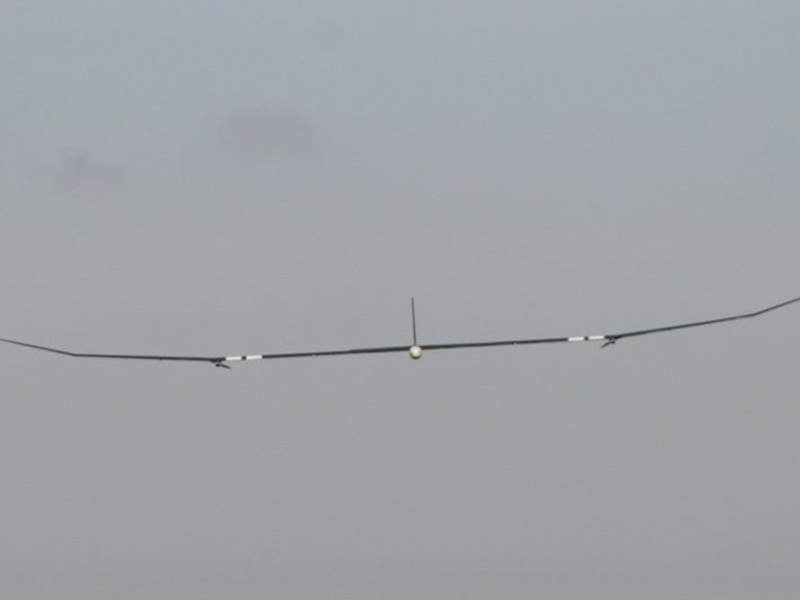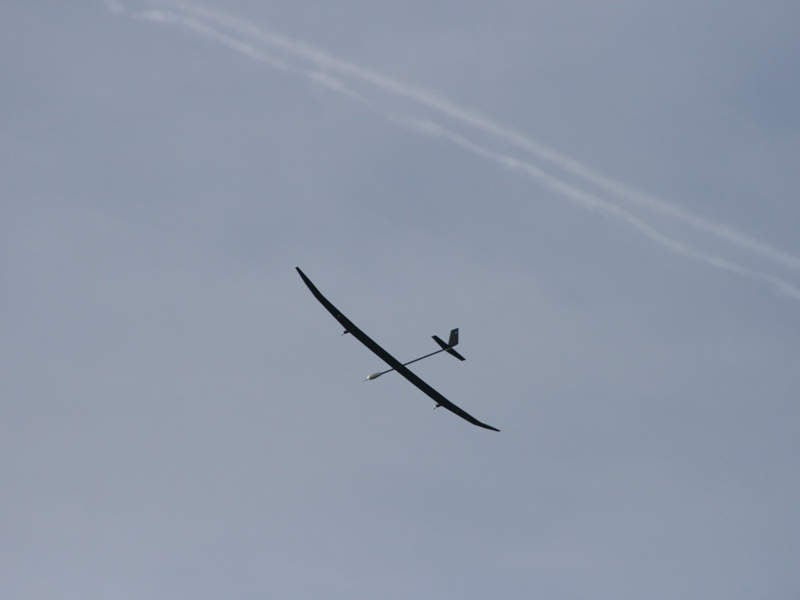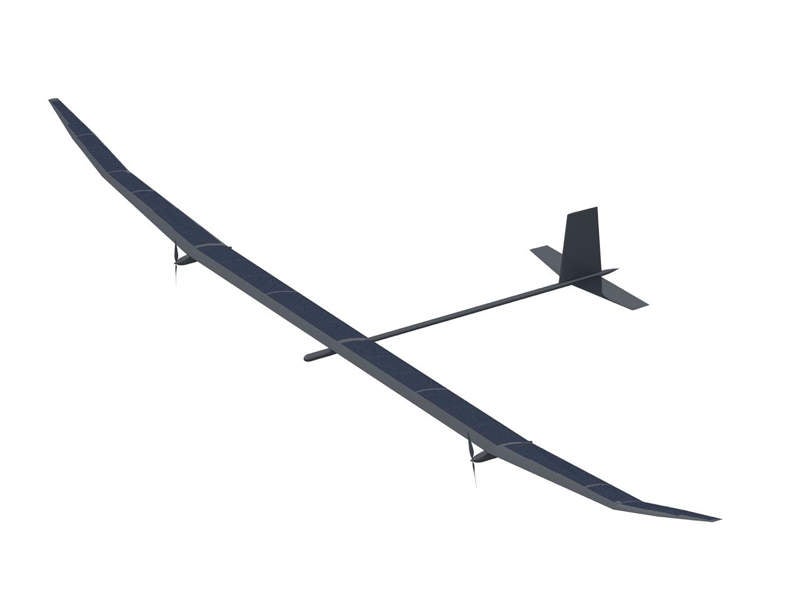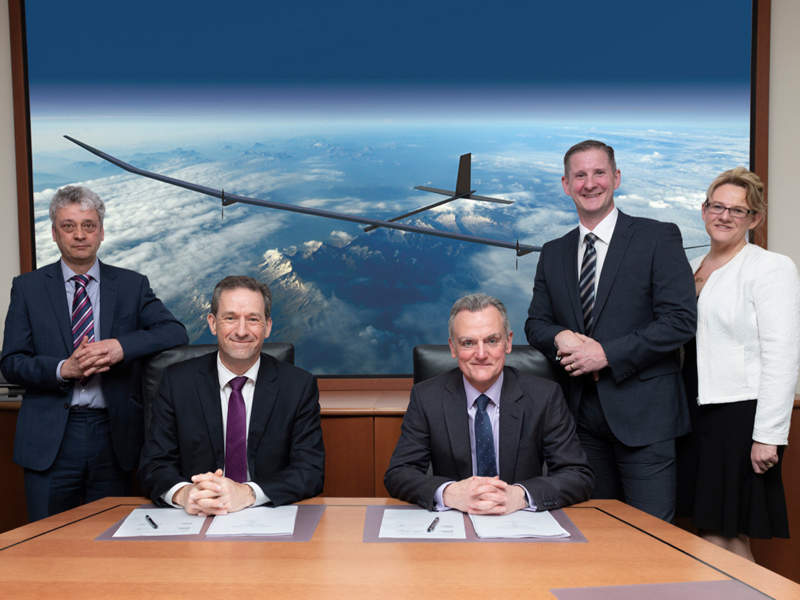PHASA-35 is a new high-altitude, long-endurance (HALE) unmanned aerial vehicle (UAV) being developed by BAE Systems in collaboration with Prismatic.
Production of the first full-scale aircraft is in progress, while flight tests are scheduled for 2019. The UAV will be available for orders from June 2018 with a lead time of 12 months.
The PHASA-35 UAV can offer year-long economical surveillance and communication services for defence, security and civilian missions. Other applications include environmental science, remote sensing and resource management.
PHASA-35 HALE UAV development details
The initial flight tests on a quarter scale model of the PHASA-35, designated as PHASE-8, were successfully conducted in 2017. Prismatic further conducted a two-hour flight test on PHASE-8 in February 2018. The test demonstrated the technologies and flight performance characteristics of the PHASA-35 UAV.
Structural tests on the UAV were successfully completed in January 2018. The strength and stiffness requirements of the wing structure were evaluated during the tests.
BAE Systems and Prismatic entered a new collaboration agreement for the joint development of the PHASA-35 UAV, in May 2018.
PHASA-35 design and features
The PHASA-35 will integrate a monocoque structure made of proprietary carbon-fibre-composite (CFC) materials. It is designed to carry payload of more than 15kg. The wingspan of the UAV will be 35m, while the weight will be approximately 150kg. The integrated compact airframe of the UAV will have a lifespan of three flying years.
The solar electric UAV will utilise an industry-proven battery technology, which will ensure a flight endurance of one year before maintenance. The ultra lightweight design and efficient structure will enable the PHASA-35 to fly at a maximum altitude of 70,000ft (21,336m).
The seamless flight control will be complemented by the tail design, which integrates a rudder with dihedral roll or yaw.
The aircraft will possess beyond line-of-site (BLOS) communication capability. It will carry an Iridium SBS BLOS command and telemetry communication system and a continuous direct current (DC) generator with a capacity ranging from 300W to 1,000W.
The HALE aircraft is intended to carry out long-endurance missions at low operational costs. It can also be used for polar summer operations and configured to carry out year-long operations at 35º latitude.
Solar arrays on the PHASA-35 UAV
The unmanned aircraft will be powered by solar energy, assisted by the onboard solar panels, during daytime. The solar panels will be installed on top of the vehicle’s wing surfaces to capture maximum amount of energy.
The solar arrays to be placed on the wider body section of the vehicle will be of Gallium arsenide (GaAs) type. The solar arrays can be configured according to the mission requirements.
The aircraft will carry Lithium-ion (Li-ion) batteries to store the absorbed solar energy, which will be used to power the UAV during the night.
Launch and recovery
The UAV launch will be assisted by a remote-controlled or automatic launch system. The aircraft can be recovered using an automatic gliding recovery system.
PHASA-35 propulsion
The PHASA-35 will be equipped with two electric motors, which will enable the aircraft to attain an air speed between 50kt and 78kt. The direct-drive brushless motors will be coupled with highly sophisticated high-altitude propellers.
The Global Unmanned Aerial Vehicles (UAV) Market 2011-2021
This project forms part of our recent analysis and forecasts of the global unmanned aerial vehicles (UAV) market available from our business information platform Strategic Defence Intelligence. For more information click here or contact us: EMEA: +44 20 7936 6783; Americas: +1 415 439 4914; Asia Pacific: +61 2 9947 9709 or via email.







